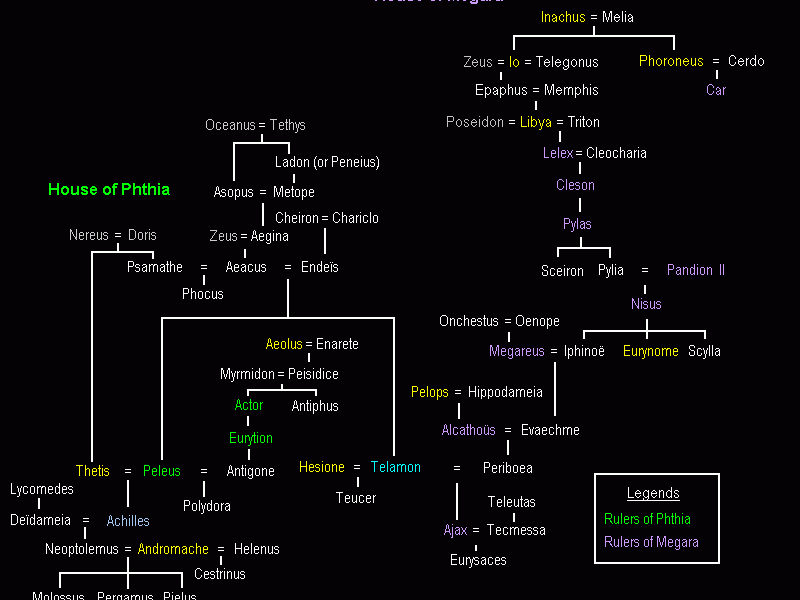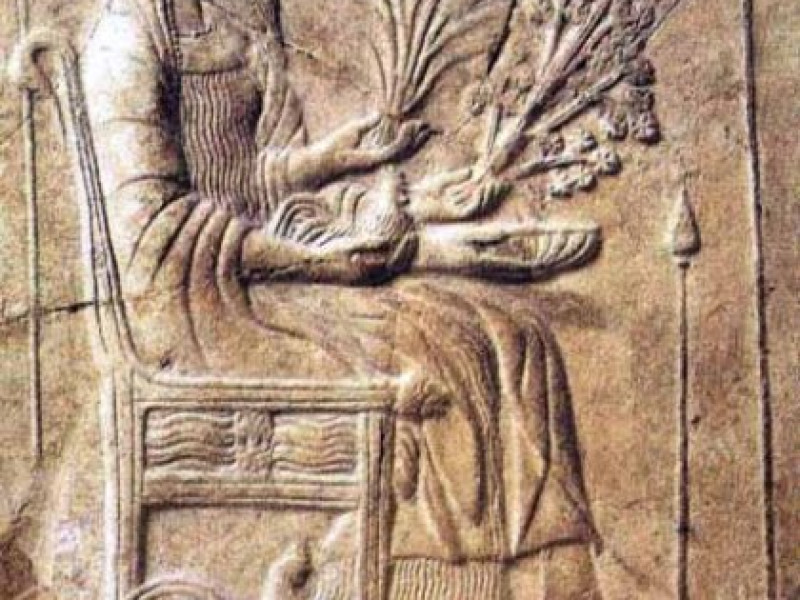Three Judges
There were three mortals who earned the favours of the gods; they earned immortality after their deaths. These three judges were powerful rulers and all three were the sons of Zeus.
Aeacus (Αἄάκός) was the son of Zeus and the nymph Aegina, daughter of the river god Asopus. Aeacus was king of the island of Aegina, where he was known for his piety and wisdom. It was this wisdom and piety that earned him immortality. He became one of the three judges of the underworld.
Rhadamanthys (´Ραδάμανθυν) was the son of Zeus and Europa, and brother of Minos, who became a fellow judge in the Underworld. Rhadamanthys was known as the lawgiver in Crete because of his wisdom and justice. For this reason, he was given immortality as a judge in the Underworld. It was said that Rhadamanthys became the ruler of Elysium. See Minos and his Brothers on the Minoan Crete page for more detail about Rhadamanthys.
The choice of Minos (Μίνως) as one of the three judges is a bit of a mystery, because he was a most unlikely candidate. Minos, like his brother Rhadamanthys, was the son of Zeus and Europa. Rhadamanthys was chosen because of his love of law and justice, while Aeacus was a very pious man. Minos, on the other hand, did not possess any of the qualities of the other two judges. Minos was the most powerful ruler of the time. He was an arrogant ruler of Crete who had offended Poseidon, the powerful god of the sea. See Minos in Minoan Crete.
By Jimmy Joe






